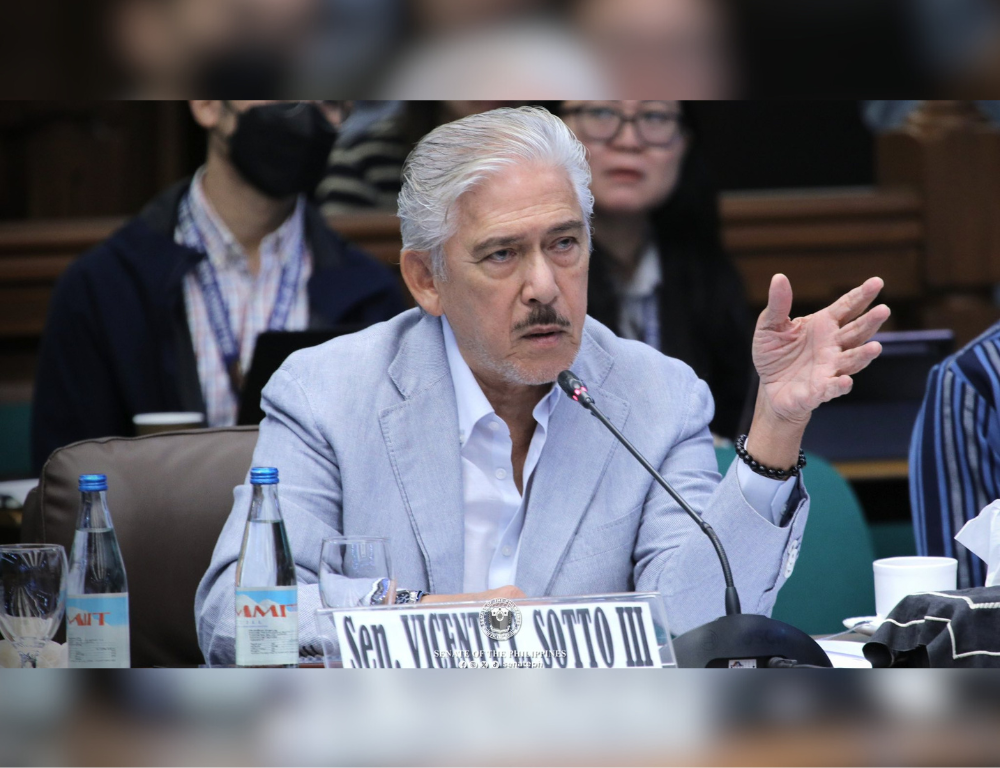
The government must adopt a new design in building infrastructure for flood control and slope protection to properly respond to the threats posed by climate change, President Ferdinand R. Marcos Jr. said on Monday.
In a media interview in Laurel, Batangas, following the distribution of various assistance, the President said the recent calamities – including flooding — were unprecedented not only in the Philippines but also in other countries.
He said existing flood control structures were overwhelmed, suggesting science must be followed to address the challenges posed by the changing weather pattern.
“Tingnan ninyo hindi lamang dito. Nakita niyo ba ‘yung nangyari sa Espanya? Nakita niyo ba ‘yung mga nangyayari sa iba’t ibang lugar? Sa States ‘yung mga nangyayari? Ganyan din. Doon din sa mga lugar na ‘yun ay ngayon lang nangyari ‘yan,” he told reporters.
“Kaya’t [ang] gagawin natin babaguhin natin ang mga design, patitibayin natin ‘yang mga infrastructure, mga flood control, ‘yung mga slope protection, pati ‘yung mga tulay, lahat ‘yan kailangan nating baguhin. Tingnan natin ang mas magandang design.”
The recent devastations never happened before and “it is something that we have to deal with” he said.
“We have to be smarter, we have to be more technologically aware of what is available so that we can reduce the effects,” the President pointed out. It’s the reason why the country fought for and won the hosting of the Loss and Damage Board in the Philippines.
During his visit to Batangas, President Marcos directed all government agencies to intensify preparations for natural disasters, including floods and landslides.
The President instructed the Department of Science and Technology (DOST) to improve its warning systems and establish a standard procedure for the gradual release of water from dams before typhoons to reduce flood risks.
He likewise directed the Department of Public Works and Highways (DPWH), Department of Environment and Natural Resources (DENR) and other agencies to revise their flood control masterplans and expand the capacity of infrastructures to handle increasing flood risks. (PND)











